Engineer: C. P. E. Burgwyn, City of Richmond
Date: 1887
Monument Avenue was a major factor in Richmond’s westward development, informs Richmond’s mystique, and is one of our nation’s grandest thoroughfares. The street, with its iconic grassy median and four parallel rows of shade trees, begins at Lombardy Avenue and extends for more than six miles to Horsepen Road in Henrico County. While the easternmost stretch is consistently flat, at Staples Mill Road the avenue becomes roller coaster-like; its ripples and rolls marking the beginning of the piedmont.
The designated “Monument Avenue Old and Historic District” extends from Ryland Street, near the Virginia Commonwealth University campus, to include such architectural landmarks as Congregation Beth Ahabah and St. James’s Episcopal Church. It extends to Roseneath Avenue just west of the Arthur Ashe statue. This older part of Monument is paved in asphalt “Belgian” paving blocks. The tightly aligned single family houses and apartment buildings, share a consistent setback and are generally three stories (including attic). But within these tight perimeters there is tremendous and often thrilling architectural variety. The buildings reflect most of the early 20th century American upscale residential architectural styles including the Colonial, Mediterranean, Gothic and Tudor revivals, and Arts and Crafts. The grandest of these mansions, Branch House at 2501 Monument and designed by John Russell Pope (who also was architect of the nearby Science Museum of Virginia), has been repurposed as the Virginia Center for Architecture in a deft restoration by Hanbury Evans Wright Vlattas Architects of Norfolk.
The street is also marked by impressive religious complexes serving Grace Covenant Presbyterian, First English Lutheran, St. John’s Disciples of Christ, First Church of Christ Science, First Baptist Church and the aforementioned Beth Ahabah and St. James’s.
Monument Avenue’s development dates to the installation of electric streetcars after 1888. The street’s residential popularity gathered steam with the May 1890 unveiling of the equestrian Robert E. Lee monument (by French sculptor Antonin Mercie) on a piece of formerly undeveloped farmland. In 1887, the Lee Monument Association had accepted a 200 foot strip of land for the statue from the Otway Allen family. However, the remote location for the long-awaited memorial to the Confederate general was highly controversial at the time. One critic assailed the site as being “in the middle of a barren and featureless plain.” But Richmond neighborhoods were bursting at the seams and the development proved highly successful. Many of the first residents to build and live on the avenue were in the real estate development and construction fields. Some homes are still owned and occupied by descendents of the builders.
Richmond City Engineer C. P. E. Burgwyn, a former Bostonian who was familiar with that city’s Parisian-like boulevard, Commonwealth Avenue, used that street as his model. He made Monument an extension of then-fashionable West Franklin Street. The fusion of linear grandeur with specific classically influenced monuments makes this public space a prime example of the American “City Beautiful Movement.”
Following the Lee Monument dedication, statues honoring other Confederate leaders followed. These included memorials to J. E. B Stuart (1907 by Frederick Moynihan), President Jefferson Davis (1907 by Edward Valentine), Thomas “Stonewall” Jackson (by F. William Sievers), and Commodore Matthew Fontaine Maury (also by Sievers in 1926).
In 1996 amid much public debate, a statue to Richmond-born and internationally renowned tennis great Arthur Ashe was installed at Roseneath (Paul Dipasquale was the sculptor). Today, Monument Avenue properties are meticulously maintained by residents while the city and state maintain the monuments and public spaces. It is the venue of annual popular road races and is the scene of an Richmond rite of spring, “Easter on Parade.” On this occasion, visitors promenade the avenue in either their finest– or sometimes most outlandish– outfits while habitués entertain alfresco on their front porches.
E.S.
Photographs by D.OK.

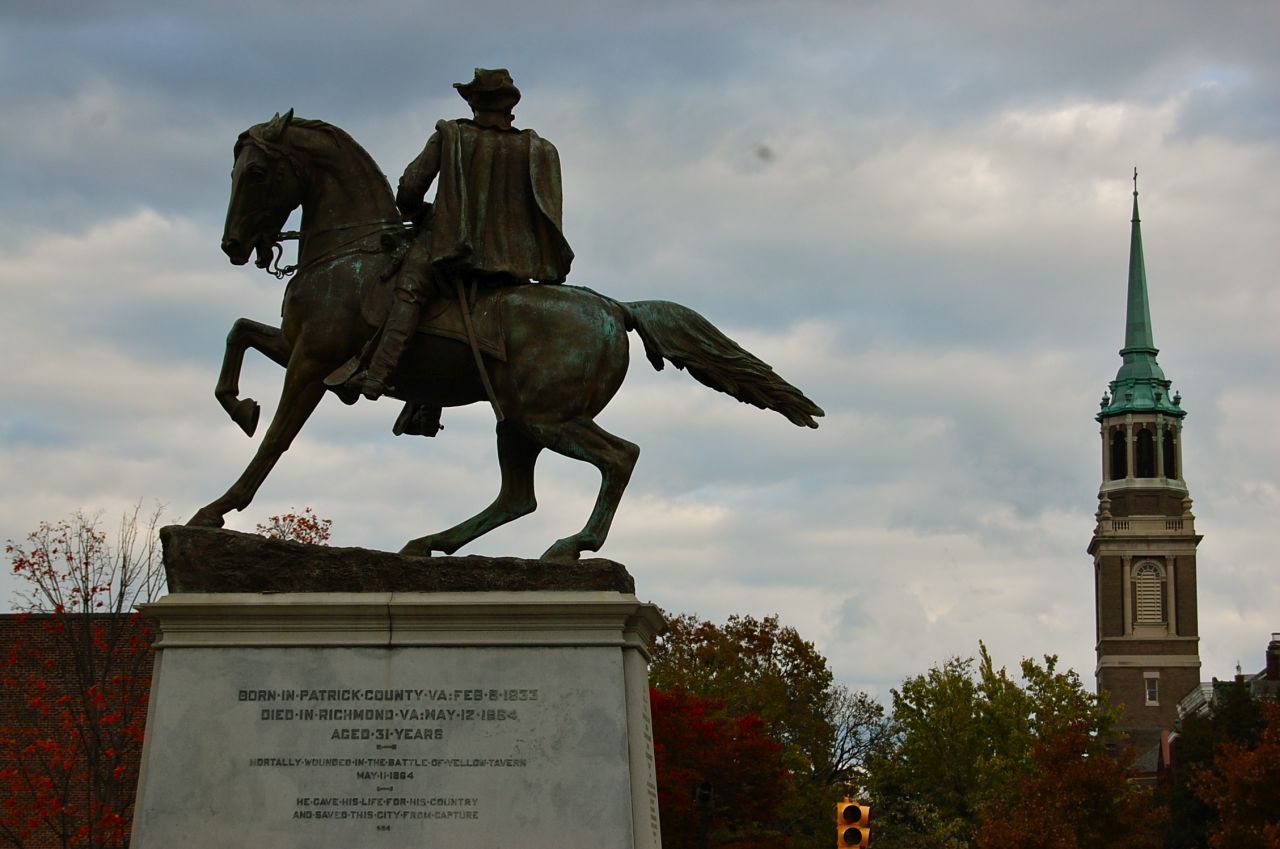
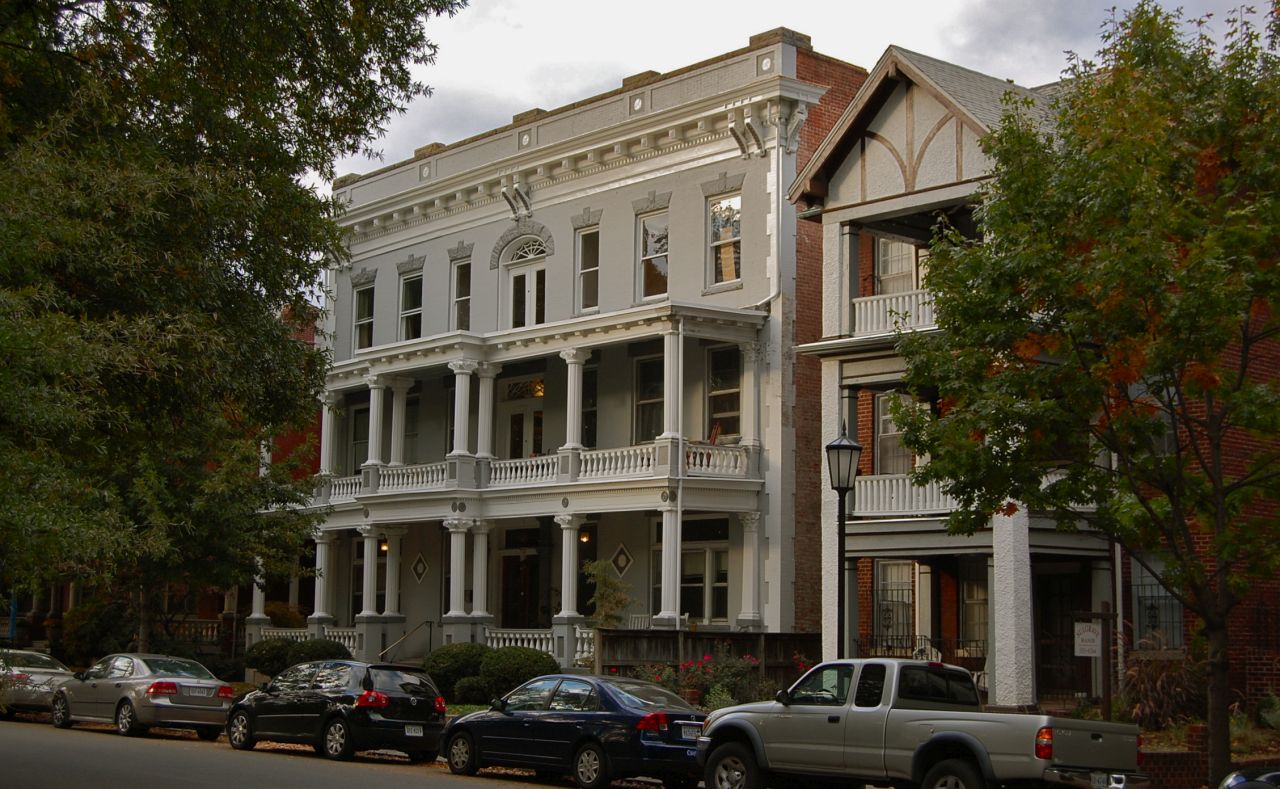
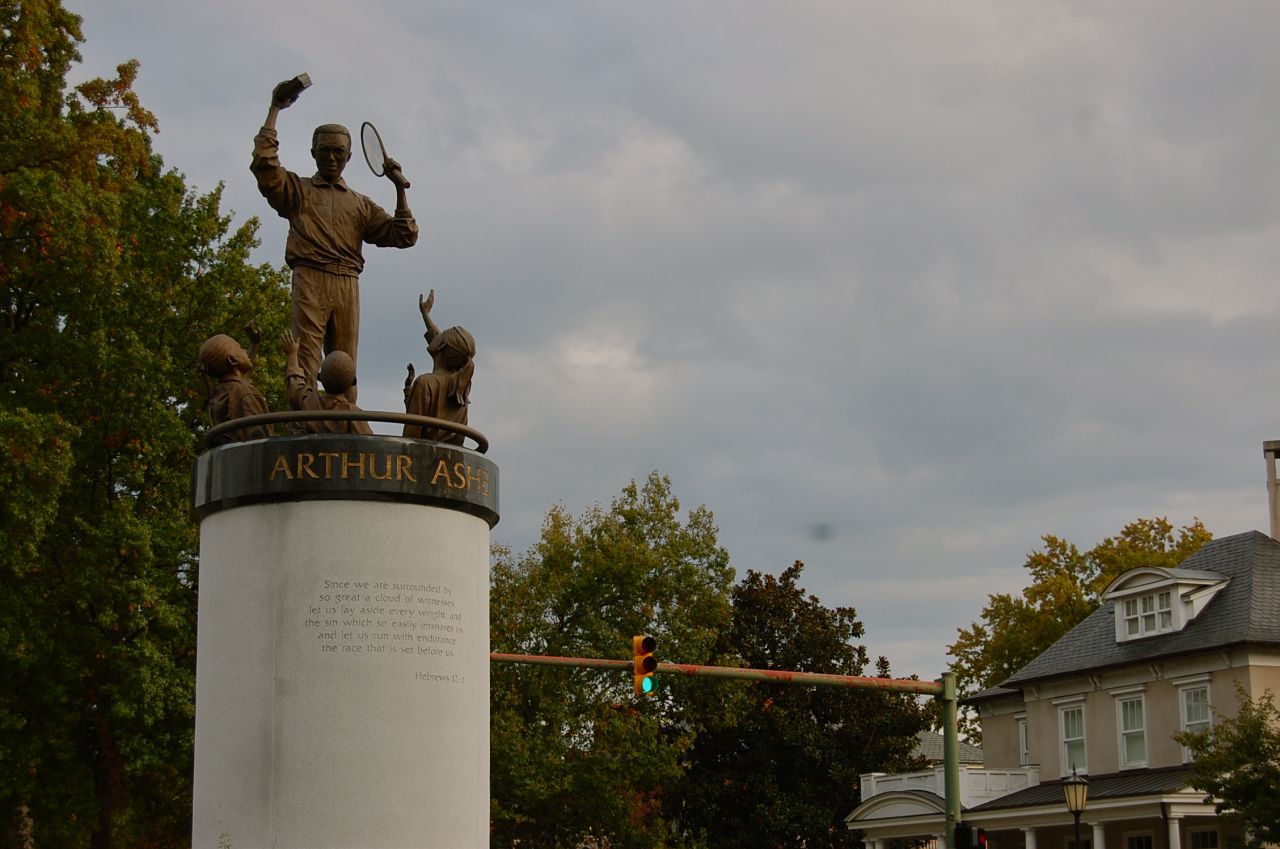
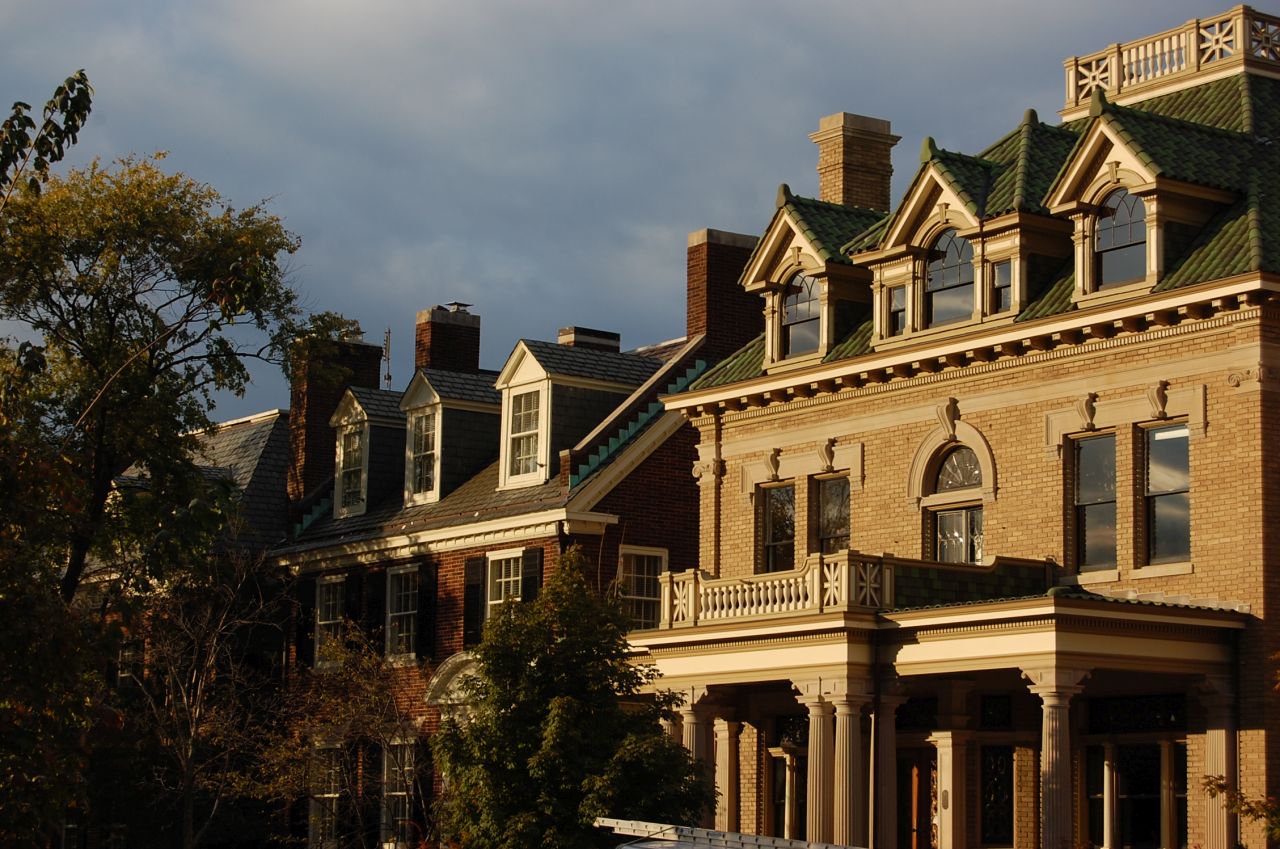
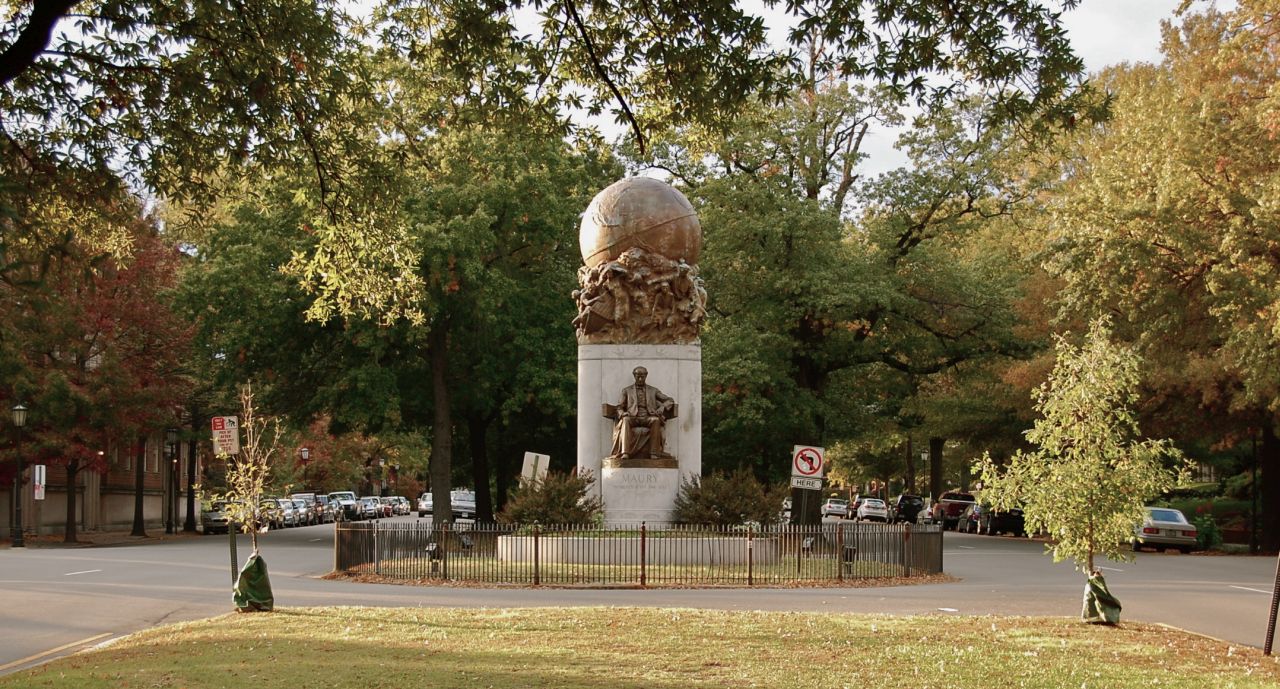
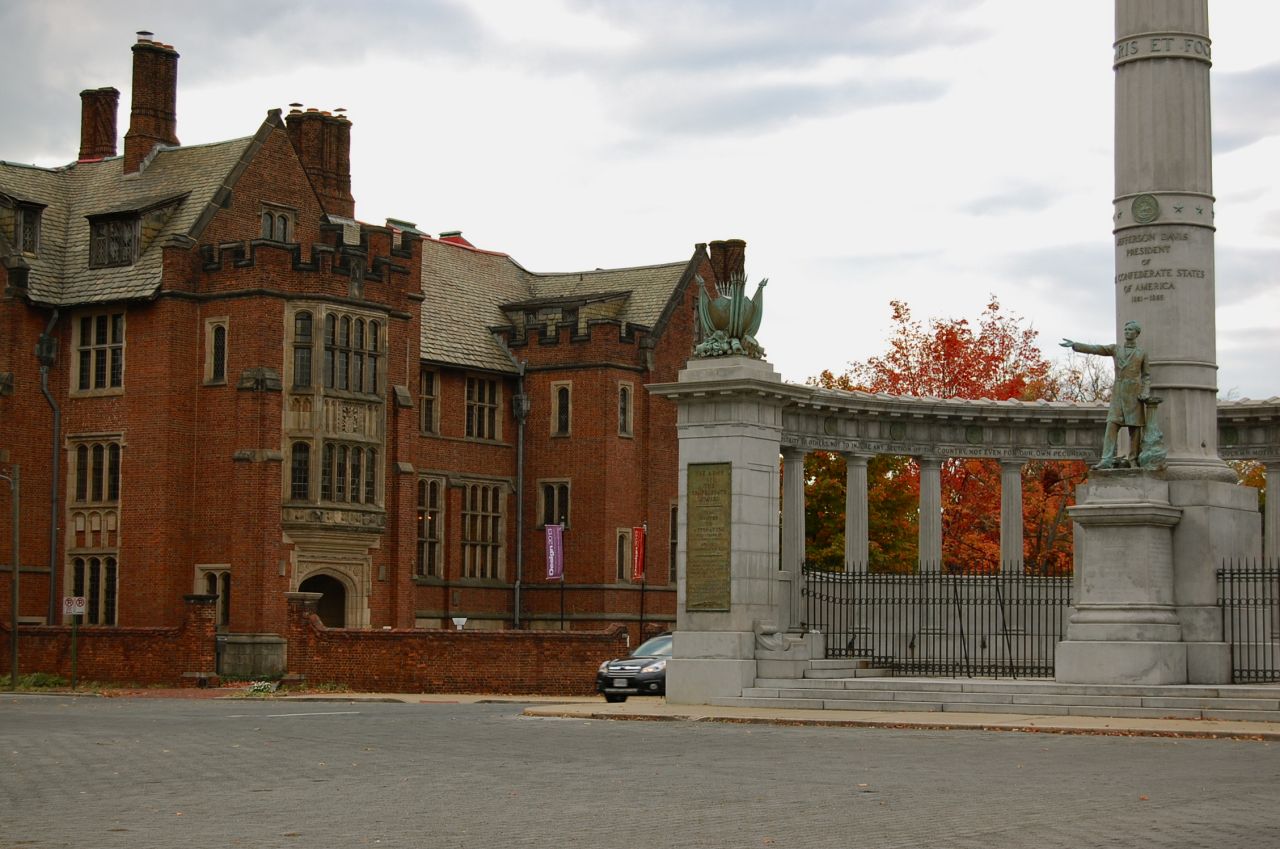

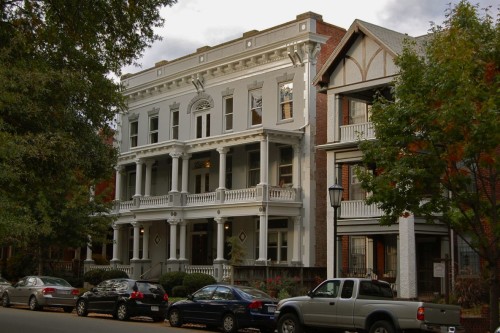

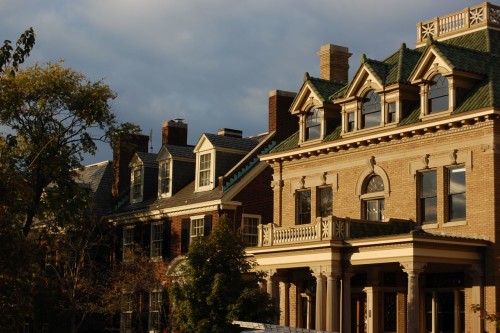
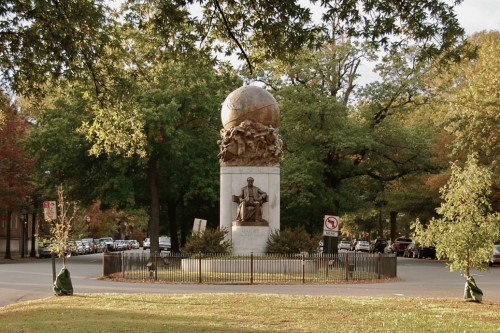

Write a Comment